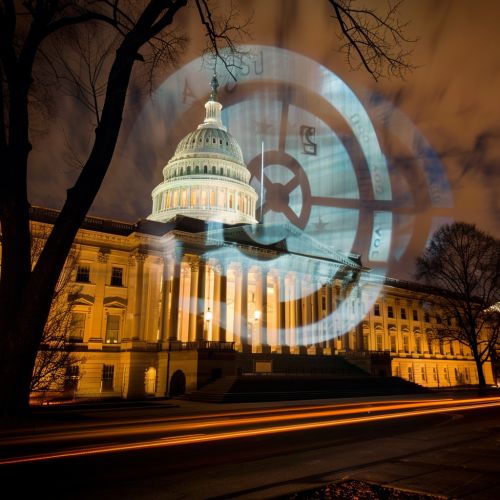Regulatory Capture
Introduction
Regulatory capture is a form of government failure that occurs when a regulatory agency, created to act in the public interest, instead advances the commercial or political concerns of special interest groups that dominate the industry or sector it is charged with regulating. Regulatory capture is a form of corruption that can occur on a local or national level.
Theory and Origins
The theory of regulatory capture is associated with Nobel laureate economist George Stigler, a key figure in the Chicago School of Economics, who first coined the term in the 1970s. Stigler argued that regulation can be effectively "captured" by the very industries they are supposed to be regulating, leading to a situation where the regulator acts in a way that benefits the industry rather than the public.
Forms of Regulatory Capture
Regulatory capture can take many forms. It can be overt, as in the case of bribery or political corruption, or it can be more subtle, such as the phenomenon of "revolving doors," where individuals move back and forth between regulatory agencies and the industries they regulate.
Materialist Capture
Materialist capture refers to situations where regulators are influenced by the promise of future employment in the industry they are regulating, or by other material incentives. This can lead to a situation where regulators are more concerned with maintaining good relations with the industry than with enforcing regulations.
Non-Materialist Capture
Non-materialist capture refers to situations where regulators are influenced not by material incentives, but by the shared ideologies and values they have with the industry they are regulating. This can lead to a situation where regulators are more sympathetic to the industry's perspective and less likely to enforce regulations strictly.
Consequences of Regulatory Capture
The consequences of regulatory capture can be far-reaching. It can lead to a situation where regulations are not enforced, or are enforced in a way that benefits the industry rather than the public. This can result in harm to the public, such as environmental damage, financial instability, or public health risks.
Prevention and Mitigation
Preventing and mitigating regulatory capture is a complex task. It requires a combination of measures, including strong institutional design, transparency, accountability, and a commitment to the public interest. It also requires vigilance on the part of the public and civil society to hold regulators accountable.
See Also


